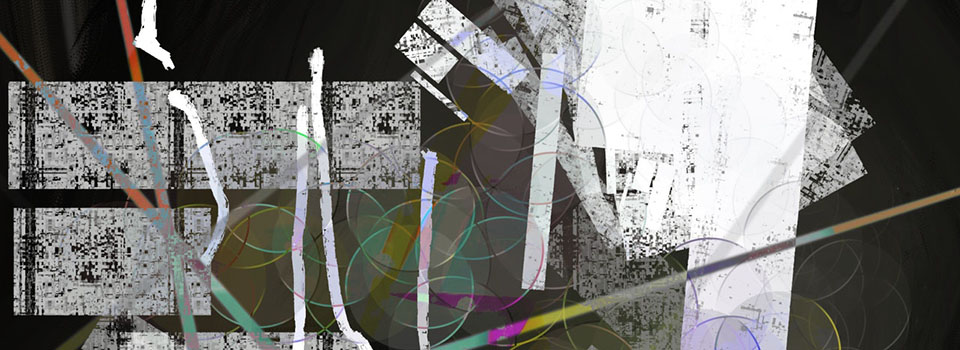
The development of German painting in the 1970s and 1980s was in many ways symptomatic of the entire artistic culture of postmodernism. The work of the Neo-Expressionists and the “New Wilds,” who occupied a leading position in German visual art at that time, became one of the most significant phenomena of Western art in recent decades. The special type of thinking and creative vision, characteristic of a number of leading German masters of the 1970-80s, testified to their connection with the expressionist tradition that developed throughout the 20th century.
The focus of contemporary art culture was both the experience of the 20th century avant-garde and of earlier periods, up to the most ancient times (for example, the Neolithic). The range of interests of the neo-expressionists and the “new wild” is manifold: the appeal to the heritage was carried out in different ways, from simple formal borrowings to a profound rethinking of entire periods of art history.
At the turn of the 1970s and 1980s, the expressionist tradition in German art manifested itself in the work of many artists. Among them were such major representatives of the older generation of painters as Georg Baselitz, A.R. Penck, Gerhard Richter, Siegmar Polke and Anselm Kiefer, who became known as the “neo-expressionists. The next, younger generation of German artists had their own ideological leaders, above all Walter Dan, Jiří Georg Dokupil and Rainer Fetting. On the whole, however, the circle of young masters, dubbed the “New Wild”, was broader than that of the Neo-Expressionists.